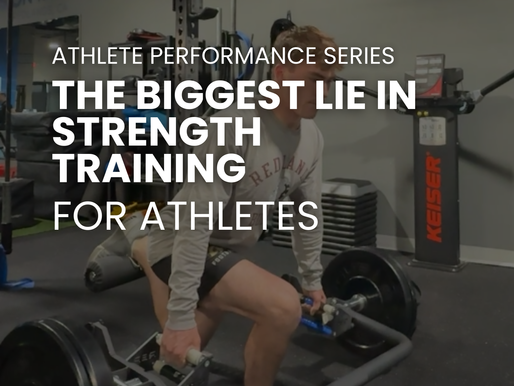top of page




Cracking the In-Season Training Puzzle with Microdosing for College Athletes
In-season training is tough. Traditional heavy lifts once or twice a week often cause fatigue and drop performance by postseason. Microdosing flips this—lifting is woven into the weekly rhythm, helping collegiate athletes maintain peak performance all season.
Liz Falk
Sep 293 min read


STRENGTH & SPEED TRAINING MADE SIMPLE WITH THE 80/20 RULE
Talent isn’t enough. Smart parents invest in strength and conditioning because it builds the foundation athletes need to run faster, jump higher, and stay injury-free. This training boosts performance, prevents setbacks, and builds confidence that lasts beyond sports. Though it requires time and money, the payoff is worth it—a healthier, stronger athlete ready to succeed now and in the future. Strength and conditioning isn’t optional; it’s essential.
Liz Falk
Aug 194 min read


10 Reasons Athletes Don't Get Results from Strength & Conditioning
It’s one of the most common beliefs in strength and conditioning. On the surface, it makes perfect sense: strength is foundational to athleticism, and stronger athletes should be better equipped to sprint, jump, cut, and win footraces to the ball.
But here’s the problem: most strength programs stop at the weight on the bar. They focus on building muscle, increasing max lifts, and stacking plates—but they don’t teach the athlete how to actually use that strength under press
Liz Falk
Jul 274 min read


THE BIGGEST LIE IN STRENGTH TRAINING FOR ATHLETES
Strength is the foundation. No question. But speed—true, game-ready speed—depends on your ability to apply that strength quickly and directionally.
Liz Falk
Jul 213 min read
bottom of page